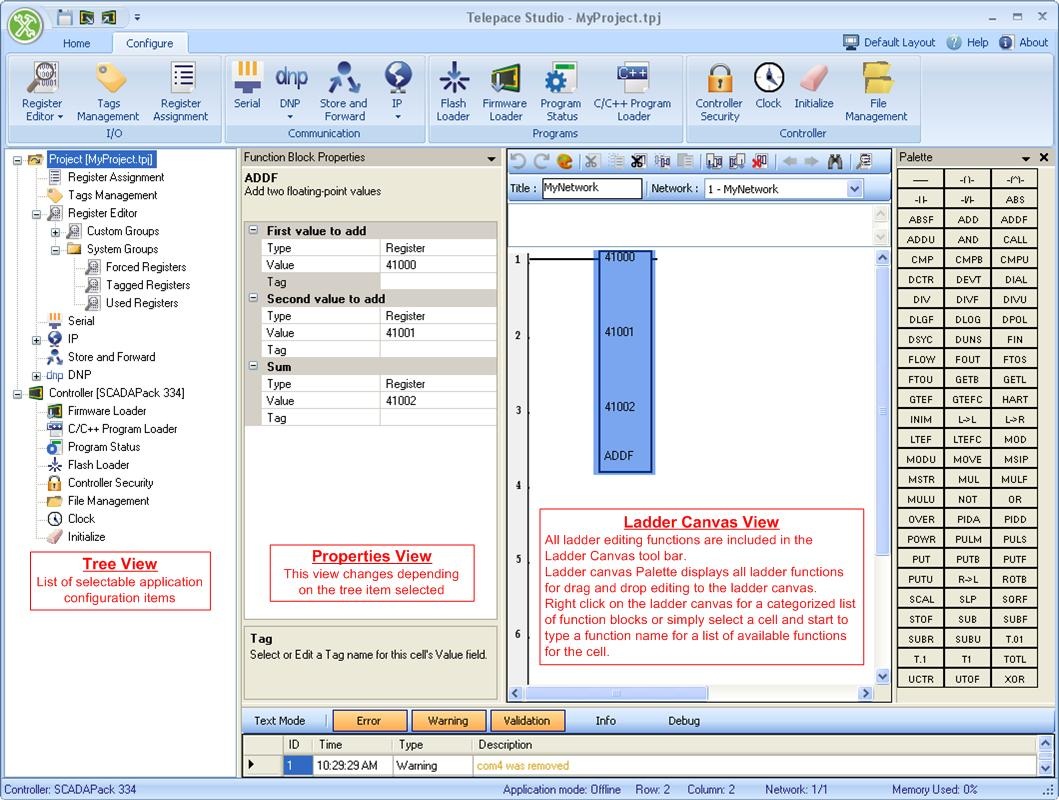

The first diagram below shows bump transfer. Well, this is how you would do it in RSLogix 5000 using PIDE. but how do you apply it in PLC/RTU logic?

Ater that 2 paragraph you know what it means…. The reverse is true as well when going to mauto to manual. when we do this gradual method of transition, the process shows no abrupt changes and the process actuators are not affected. In order to mitigate this adverse change in process, we introduce bumpless transfer to the PID controller will ramp slowly the auto output to the value calculated by the controller in auto when the PID controller is changed form manual to auto mode. That is, valves, pumps and motors repeatedly being applied fast changes can even damage the actuators). This sudden motion can be bad for the process and can affect adversely the process actuators lifespan.

For example, valves will start to open/close suddenly, pumps will increase/ decrease in speed abruptly, until such that the controller adapts the output values again. In this case, when the operator switches from manual to auto,the controller applies its calculated output value to the process, and since there is a good chance the auto and manual outpouts do not match, there will be a “bump” in the process, where the output controlled by the PID controller will suddenly change. However in manual mode, the operator decides what this output signal will be by pre-defining a PID setpoint (bypassing the auto mode settings), and this value could be different than what the controller has calculated. In auto mode, the PID controller calculates a deviation between the desired setpoint and the actual value (aka error) of the process variable, and adjusts the signal to the output to reduce the value of the deviation. On the other hand, if your have a “bump transfer”, will adopt the predefined setpoint when it moves between manual and auto mode (or vice versa). The term “bumpless transfer” is used to describe the desired action a PID controller, where the PID controller is expected to maintain its state when transferring from manual to auto mode (or vice-versa).


 0 kommentar(er)
0 kommentar(er)
